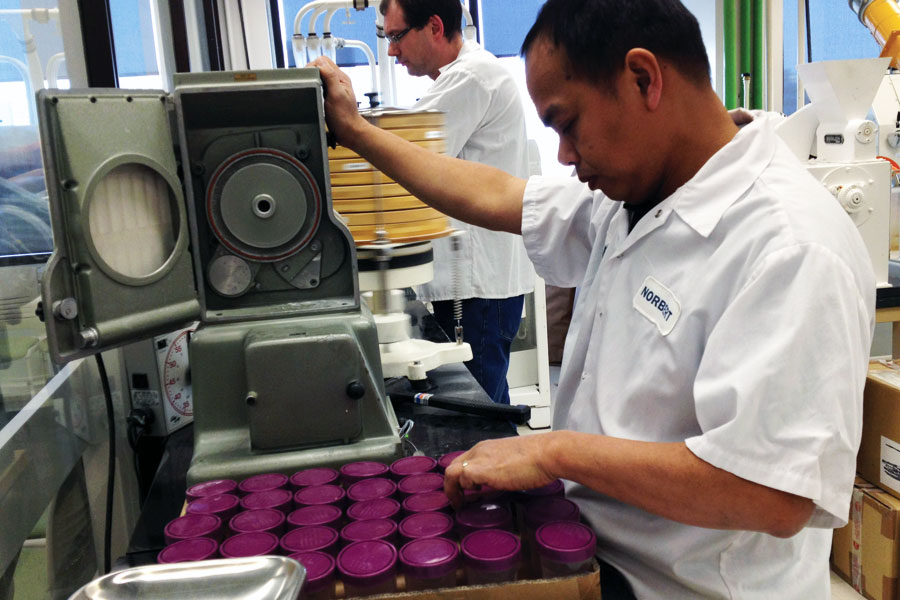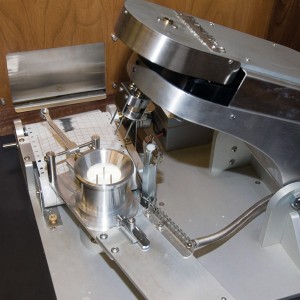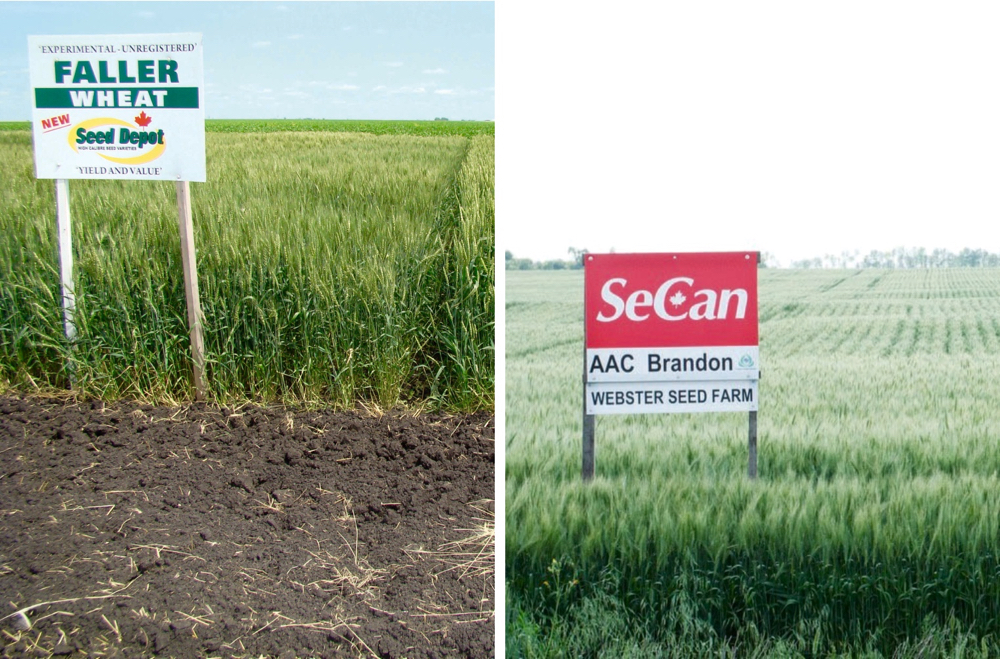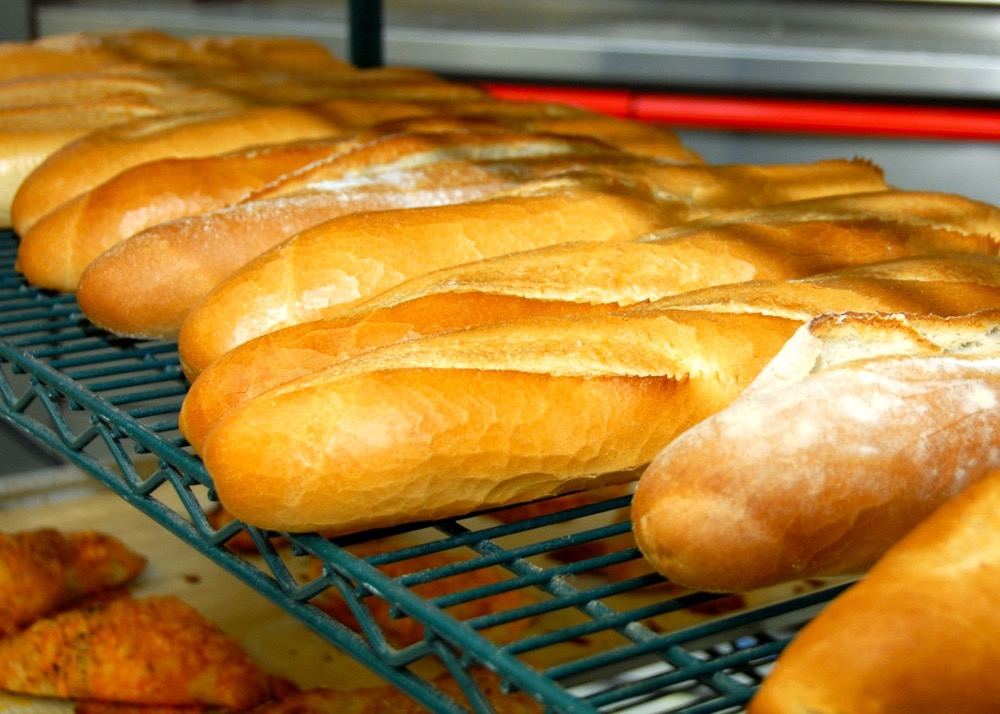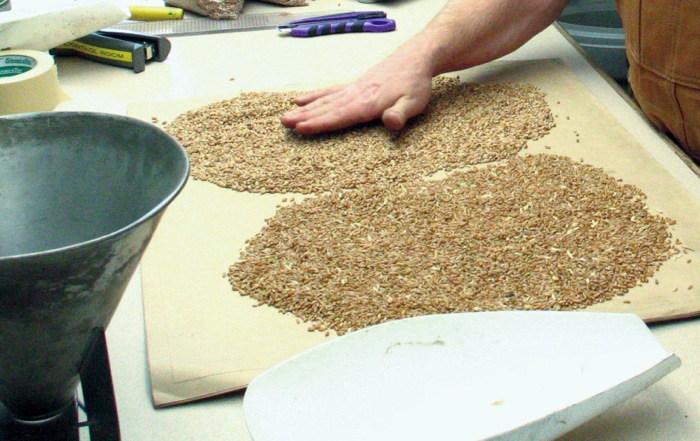Testing early-generation samples is an important part of a process that is ultimately intended to improve the quality of Canadian wheat varieties. To support this process, the facilities at Cigi (the Canadian International Grains Institute) were put to the test from last November to the end of March, with more grain samples than ever coming through its doors for testing on behalf of public wheat breeders.
“We did a little bit in the past but this is the first time we’ve done it on this scale,” says Rex Newkirk, Cigi vice-president of research and innovation. “There was an opportunity to offer plant breeders the support that they require through early-generation testing,” Newkirk says. “We realized because of Cigi’s expertise in quality and our understanding of customers’ requirements that we’d be a good place to take on more of this type of work.”
Cigi worked with several breeders from Agriculture and Agri-Food Canada to analyze early-generation wheat-breeding lines, Newkirk says. “In the past we have had requests but weren’t set up to handle the volume. In the long term we hope to offer the service not only to government but to the industry.”
- More Cigi from Country Guide: Growing market
Newkirk explains that early-generation testing involves assessing the quality of thousands of extremely small grain samples which are then selected, discarded or culled. The plant breeder narrows it down to one line which then has to go through a very detailed set of tests and comparisons to other lines coming from other breeders.
“This year we tested several thousand samples of CWAD, CPSR, and CWRS, plus some soft wheats as well,” Newkirk says. “We borrowed a special micro-mill — a Quadramat Junior — for milling CWRS and CPSR and will be purchasing additional mills this upcoming year. For CWAD we used our Bühler lab mill which worked very well and bought a laboratory scale purifier for the semolina. We also purchased a mixograph with a 10-gram bowl so that we could evaluate the dough-mixing characteristics of small flour samples.”
Read Also

Could crop sharing be a viable option for your farm?
Crop sharing could be a good option for young and beginning farmers.
The mixograph, which measures dough strength and protein quality while a dough is being mixed, enables Cigi to quickly analyze large numbers of small samples (watch the video). Cigi’s other lab dough-mixing equipment, such as its farinograph, are designed for evaluating larger flour samples and also take longer to complete a test.
“The breeders require rapid tests where they can evaluate a particular parameter quickly,” says Elaine Sopiwnyk, Cigi director of science and innovation, noting that the grain samples received were a few hundred grams at most and flour extraction is only about 70 per cent. “They may only have a 60-gram sample to spare, so we may get 42 grams of flour from that to work with.
“This is really early on where small amounts of material are screened in hopes of finding the few lines that have potential,” Sopiwnyk says. “When the lines finally get to the Prairie Grains Development Committee, they have already gone through years of seed increases and testing.”
After going through sets of tests where lines are evaluated and compared, the PGDC determines which lines from both public and private breeders become registered varieties. Detailed data from across the Prairies is compiled and discussed at PGDC meetings held yearly in February. Early this year, Cigi also conducted tests on samples for companies submitting their lines to the PGDC.
“Farmers need new varieties and plant breeders need to make sure they have the tests they require so they can develop those varieties,” says Newkirk, adding that costs for testing are covered by the breeders. “Cigi is in a position to contribute because we understand the customers’ needs and want to make sure the system works well.”

